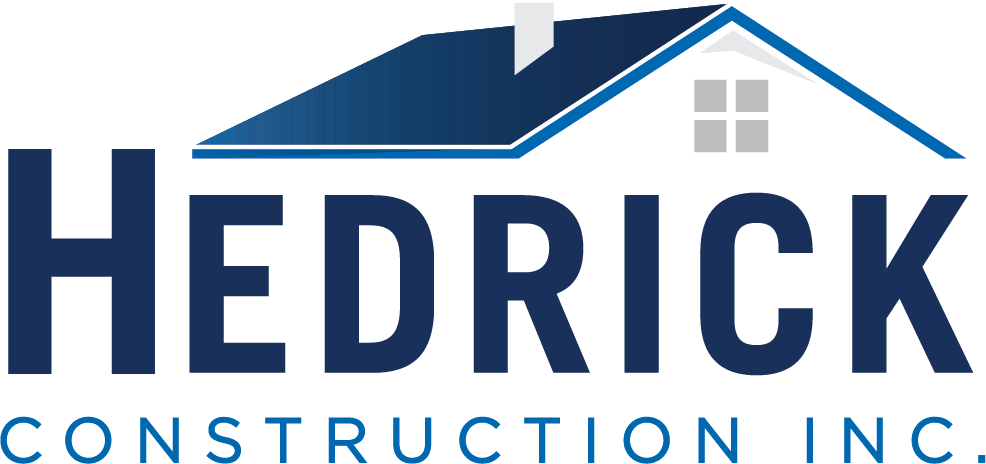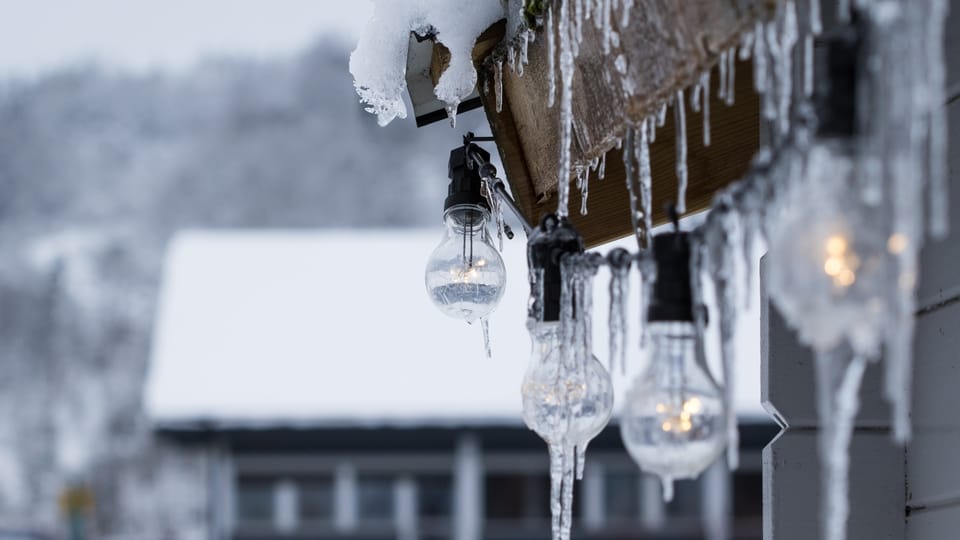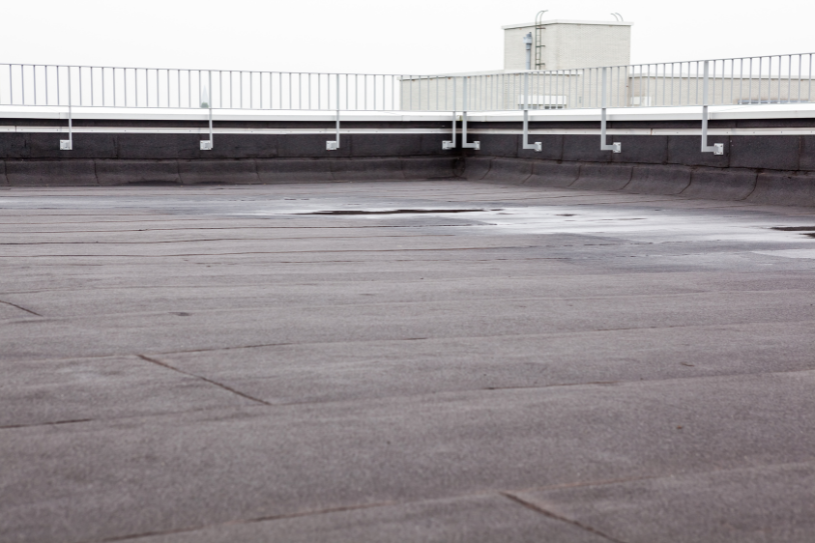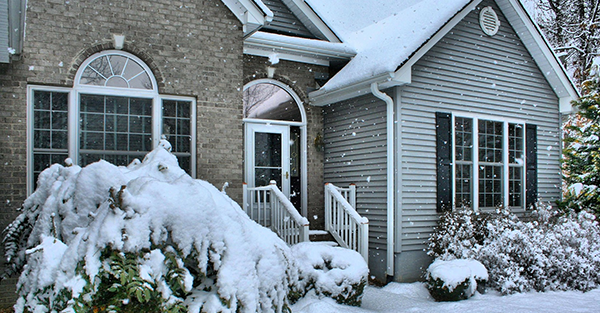
A quiet, comfortable home provides a sanctuary from the noise and busyness of daily life. Proper insulation plays a vital role in reducing noise in the home environment. In this article, we’ll explore how insulation dampens noise, the types of insulation best suited for soundproofing, and how combining insulation with other solutions can help you create a quieter living space.
How Insulation Dampens Noise
Beyond slowing heat flow to keep your home comfortable, insulation is also a powerful tool for reducing unwanted noise. By absorbing sound waves and minimizing vibrations, insulation can significantly reduce the amount of noise entering or traveling through your home.
Sound waves travel through the air until they meet a surface, which might reflect, absorb, or transmit that energy. Insulation interrupts sound waves by absorbing and converting the sound energy into a small amount of heat, which is then dissipated, and by cushioning vibrations that allow sound to travel through structures like walls, floors, and ceilings.
External Noise
Properly installed insulation creates a barrier between the interior and exterior of your home. This barrier not only helps maintain comfortable indoor temperatures but also reduces the transmission of sound and vibrations from outside the home, such as traffic, construction, and noise from neighbors.
Internal Noise
Within the home, insulation in interior walls, floors, and ceilings reduces the sound that can travel between rooms and levels. In this way, a properly insulated home provides more privacy and offers greater freedom to people who are awake while others sleep. If you’ve ever tiptoed around the house to avoid waking a baby, you know how valuable this can be.
Insulation Types
Different types of insulation have different soundproofing qualities. A material’s mass is related to its ability to block sound waves, so denser materials can block more sound than those that are less dense. Mass law states that when the mass of an insulating material doubles, it reduces noise transmission by 6 decibels. Another factor to consider is how well the material can fill in the spaces you’re insulating and prevent gaps that allow noise leakage.
-
Fiberglass insulation is an affordable and effective solution. It’s a versatile choice for insulating walls, floors, and ceilings.
-
Mineral wool is denser than fiberglass, making it a better insulator and somewhat more effective at soundproofing the home. Its additional weight, however, can make it less suitable for use in ceilings and attics. It is also more expensive than fiberglass.
-
Cellulose insulation is heavier than fiberglass and more effective for soundproofing. Although it’s made from recycled paper products. Cellulose insulation contains chemicals to resist fire and pests. Fiberglass and mineral wool, on the other hand, are naturally fire and pest resistant.
-
Spray foam can be used to fill in gaps in insulation that would otherwise allow sound leakage.
-
Because of its ability to tightly fill spaces and minimize gaps around beams, pipes, and other oddly shaped features, blown-in insulation is more effective than materials that come in batt or roll form.
Combining Insulation with Other Soundproofing SolutionS
While insulation is a key component of soundproofing, combining it with additional solutions amplifies its effectiveness.
-
The drywall layer helps dampen sound. You can choose “soundproof” drywall, which isn’t entirely soundproof but is significantly more effective than standard drywall because it’s composed of multiple layers and includes materials specifically designed to reduce noise.
-
Various types of acoustic panels are available, allowing you to provide additional soundproofing for rooms like home offices, nurseries, or craft rooms.
-
Weather stripping around doors and windows helps to fill in the gaps in your insulation, inhibiting sound as well as drafts.
-
Rugs, carpets, and soft upholstered furniture all absorb sound. Including soft elements like these in your décor will reduce noise in your space.
A quiet home environment isn’t a luxury; it’s vital to your family’s comfort and well-being. By investing in quality insulation and incorporating other soundproofing strategies, you can significantly reduce both external and internal noise. Whether you’re upgrading insulation, adding soundproof drywall, or sealing gaps for maximum noise reduction, the Hedrick Construction team is here to guide you every step of the way.
At Hedrick Construction, we’re experts in helping homeowners in central Iowa make their spaces more functional, comfortable, and efficient. Learn about our story, or find more home improvement tips on our blog.







Comments